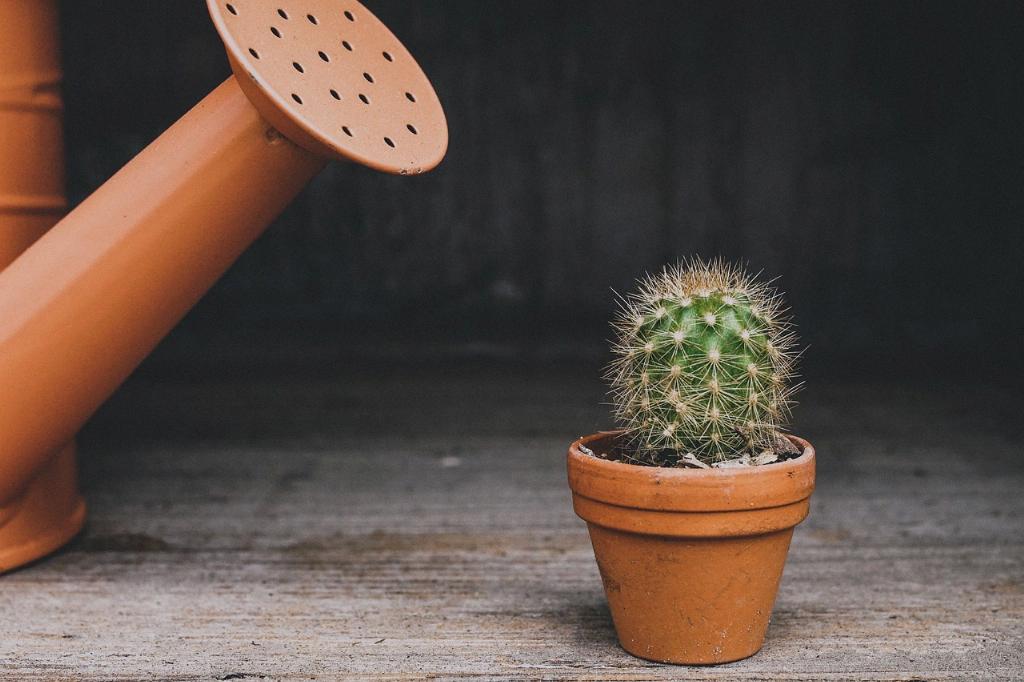Cloning cacti can be an exciting and rewarding process, allowing you to expand your collection and share the beauty of these unique plants with others. Whether you are a seasoned plant enthusiast or a beginner looking to try your hand at propagation, learning how to clone cactus can open up a whole new world of gardening possibilities. In this comprehensive guide, we will walk you through the step-by-step process of cloning cacti successfully.
1. Choose the Right Time and Method
When it comes to cloning cacti, timing is crucial. The best time to clone a cactus is during the spring or summer when the plant is actively growing. There are several methods you can use to clone cacti, including cutting a piece of the cactus stalk, removing a pad, or taking an offset from the main stalk.
2. Prepare the Cutting
Once you have selected the method you want to use, the next step is to prepare the cutting. If you are cutting a piece of the cactus stalk, use a clean, sharp knife to make a clean cut. Let the cut end dry out for 2–3 days before planting to allow the cut to callus over.
3. Planting the Cutting, Pad, or Offset
Plant the cutting, pad, or offset in a pot with drainage holes filled with cactus potting mix. Make sure the potting mix is well-draining to prevent waterlogged soil, which can cause root rot. Firm up the potting mix around the base of the cactus to provide stability.
4. Provide the Right Growing Conditions
Once you have planted the cutting, pad, or offset, place the pot in a bright location with indirect sunlight. Cacti thrive in well-lit areas but can get sunburned if exposed to direct sunlight. Keep the soil lightly moist but not soggy, as overwatering can be detrimental to cactus propagation.
5. Monitor Growth and Development
Over the following weeks, monitor the growth and development of your cloned cactus. You should start to see new roots and possibly new growth emerging from the cutting, pad, or offset. This is a promising sign that your propagation attempt is successful.
6. Transplanting the Cloned Cactus
Once the cloned cactus has established roots and shows signs of new growth, you can consider transplanting it into a larger pot if needed. Use a well-draining cactus potting mix and ensure the new pot has proper drainage to prevent water buildup.
7. Caring for Cloned Cacti
Proper care is essential for the long-term health and growth of your cloned cacti. Water sparingly, allowing the soil to dry out between waterings to prevent root rot. Fertilize occasionally with a balanced cactus fertilizer to provide essential nutrients for growth.
8. Pests and Diseases
Keep an eye out for common pests such as mealybugs and spider mites, which can infest cacti. Regularly inspect your plants for any signs of pests or diseases and take prompt action to prevent infestations from spreading to other plants.
9. Sharing Your Cloned Cacti
Cloning cacti not only allows you to expand your collection but also gives you the opportunity to share your love for these plants with others. Consider gifting cloned cacti to friends and family or trading with other plant enthusiasts to grow your network.
10. Experimenting with Different Cacti Species
Once you have mastered the art of cloning cacti, consider experimenting with different cactus species to expand your knowledge and skills. Each cactus species may have unique propagation requirements, so research and adapt your techniques accordingly.
11. Celebrate Your Success
Celebrate your success in cloning cacti and take pride in the new plants you have propagated. Sharing your achievements with fellow gardeners can be a great way to connect and exchange tips and tricks for successful propagation.

12. Continuous Learning and Improvement
Propagation is a fascinating aspect of plant care that offers endless opportunities for learning and improvement. Stay curious, keep experimenting, and enjoy the journey of growing and nurturing your cloned cacti.
